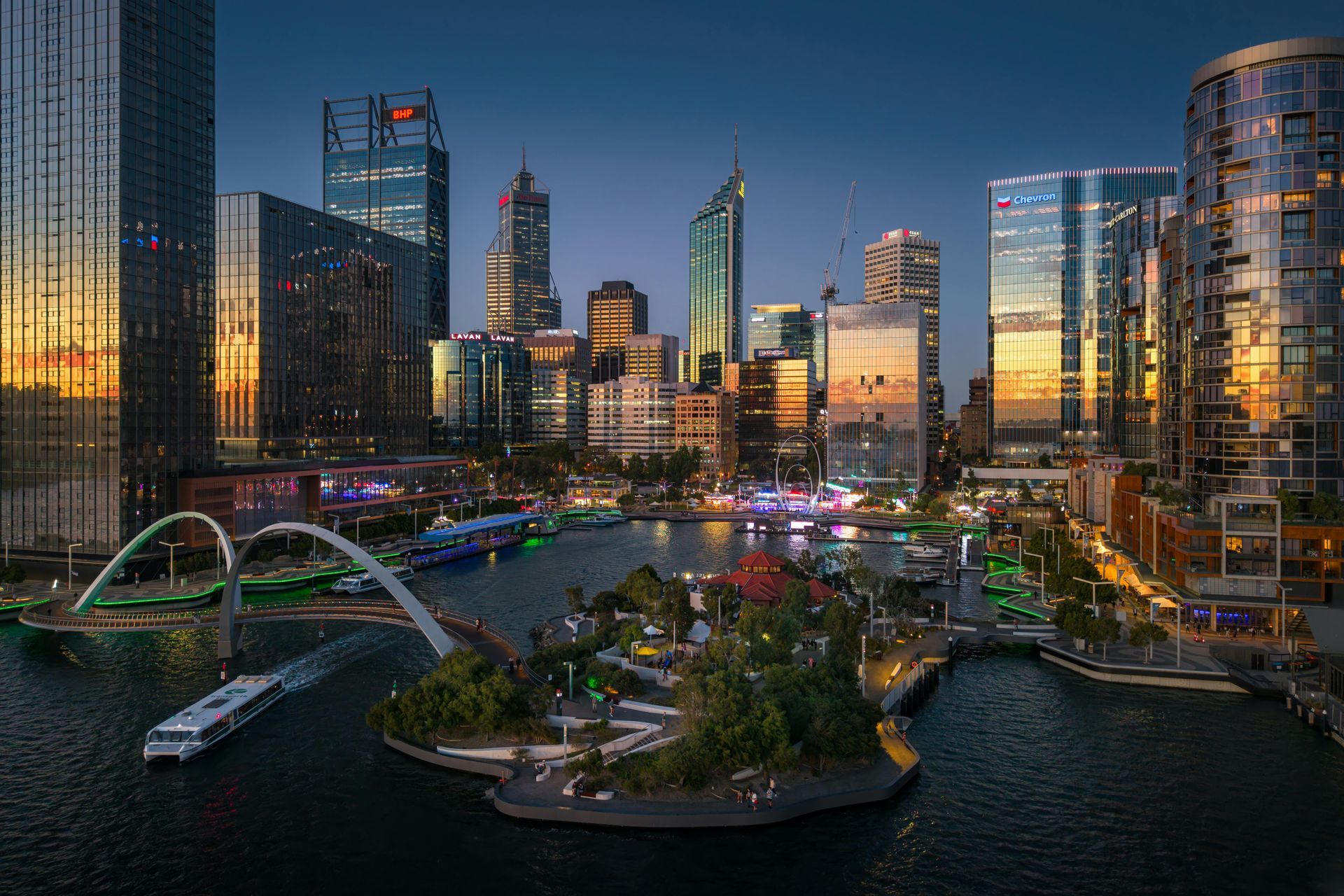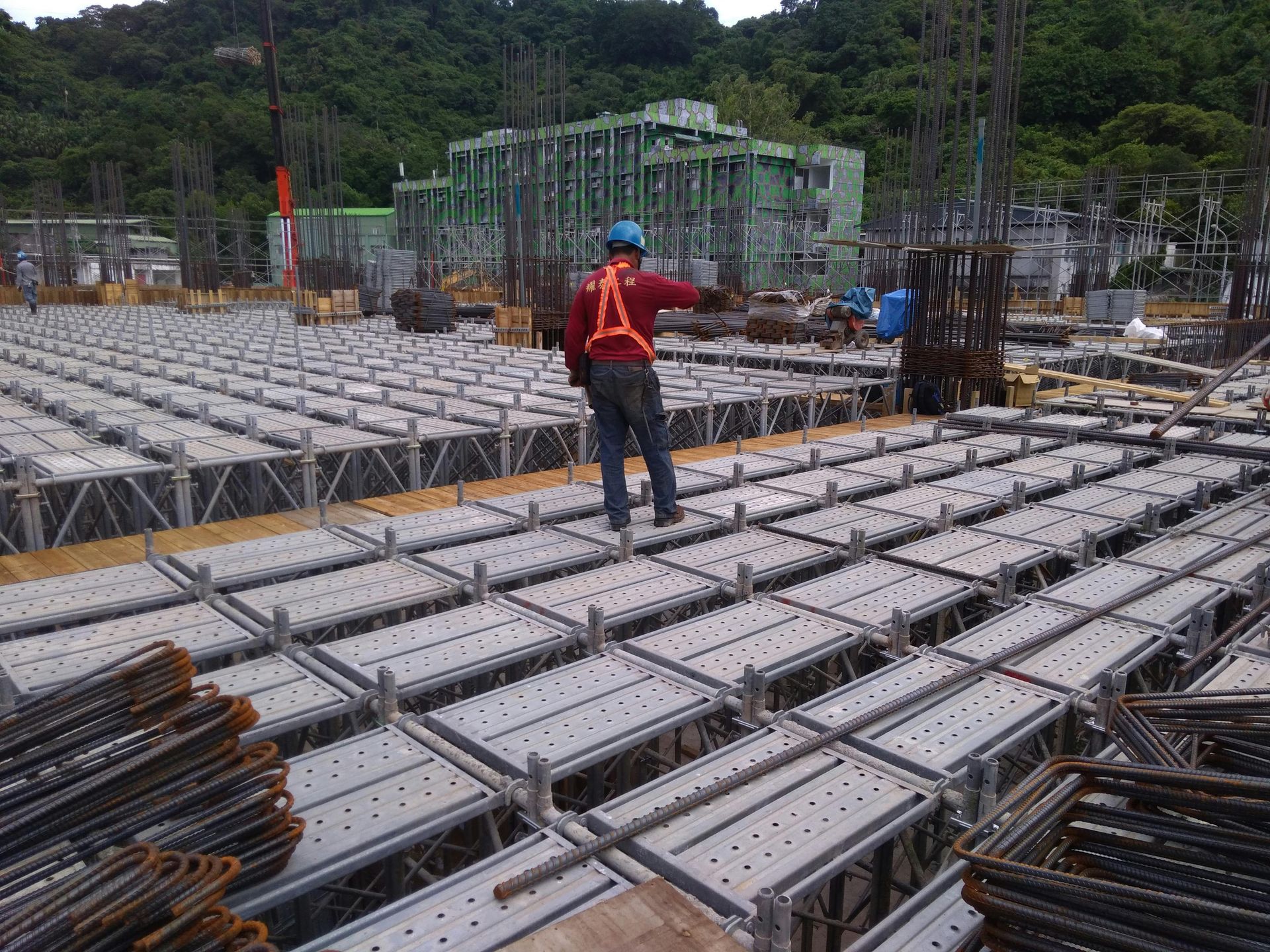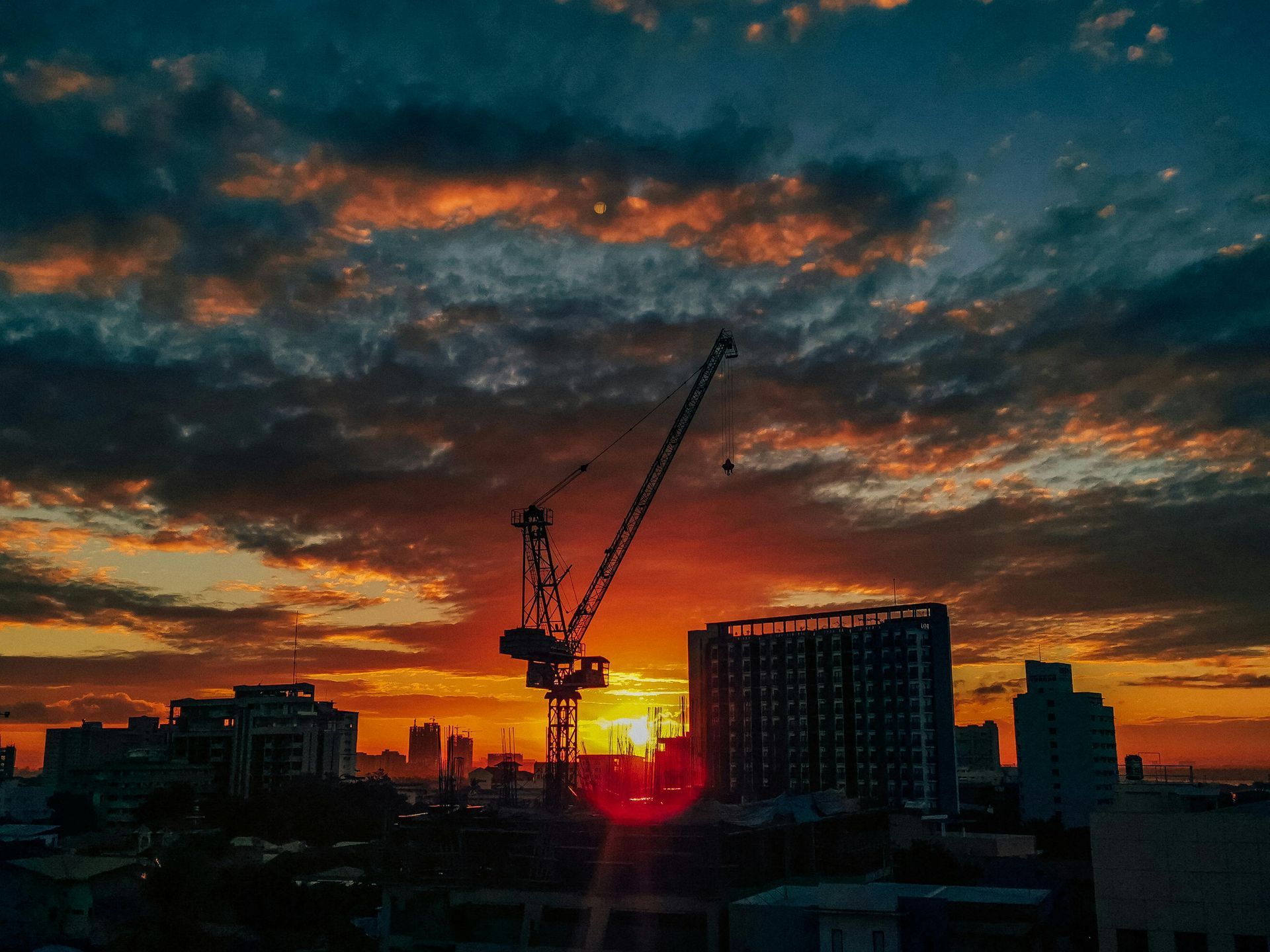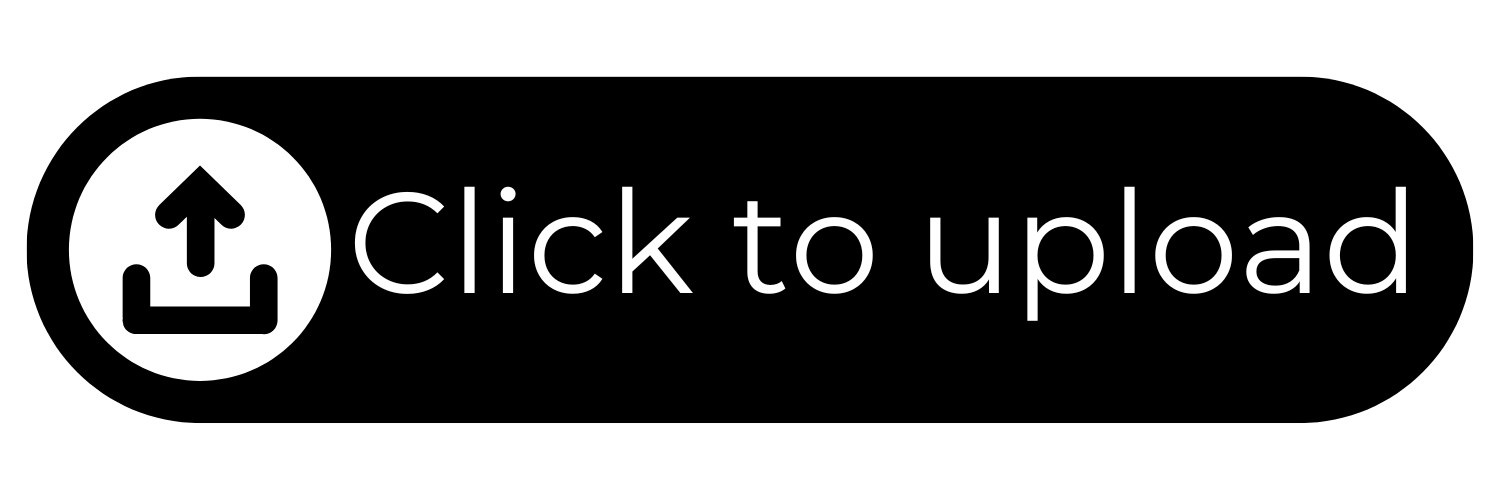FAQ: CV/Resume Tips for Australian Construction & Trade Roles
Why is my CV (resume) important in Australia’s construction and trade sectors?
Your CV is your storefront. It highlights your skills, project experience, and value to employers. Recruiters and project managers skim dozens of applications in minutes, so your CV must clearly show your licences, achievements, and project outcomes.
How long should my CV be?
2–3 pages is ideal. Anything longer can give the impression you can’t explain ideas concisely.
What personal details should I include?
- Location (e.g., “Melbourne”) — no need for your full street address.
- Mobile number.
- Email address.
Avoid outdated details such as date of birth or marital status.
How should I list my work history?
- Use reverse chronological order (most recent role first).
- If you’ve had a long career in similar roles, detail duties in your latest role and then reference them in earlier jobs without repeating everything.
- Employers want to see what you’re doing now, not what you did 20 years ago.
Should I include project details?
Yes. Highlighting project size and scope shows your impact.
Examples:
- “Delivered $20M civil works package on time and under budget.”
- “Supervised 50+ subcontractors on a Defence upgrade project.”
Where should I put my tickets and licences?
On the first page. Compliance is critical in construction and trades.
Include the licence type, not the licence number — those details will be requested during induction or onboarding.
Examples:
- White Card
- High Risk licences
- Dogging, Rigging
- Working at Heights
- Electrical Licence
Should I list skills assessments, English results, or work rights?
Yes — these are very important, especially for overseas candidates applying to Australia.
- Skills Assessments: If you’ve completed a skills assessment through Trades Recognition Australia (TRA) or a relevant assessing authority, list it clearly.
- English Assessments: Include IELTS, PTE, or OET test results if required for your role or visa.
- Work Rights: State your current visa type or work eligibility (e.g., “Full work rights – Permanent Resident” or “482 TSS visa holder”).
This information helps employers quickly confirm your eligibility to work in Australia.
Do I need to tailor my CV for Australia?
Yes. Use Australian job titles and terminology.
- Prefer “Civil Supervisor” or “Leading Hand” over “Foreman” if you’re new to the market.
- Always include employer name and location (e.g., Darwin, NT or Perth, WA). Local knowledge is valued.
How do I show safety and compliance experience?
Employers want proof of your safety record. Include achievements such as:
- “Zero LTIs (Lost Time Injuries) over 18 months.”
- “Improved tool-box attendance by 20%.”
- “Introduced new JSEA processes that reduced incidents.”
What are the most common CV mistakes?
- Writing a long personal summary (keep intros short and sharp).
- Listing irrelevant or outdated jobs.
- Using graphics-heavy or complex designs — stick to a clean, simple layout.
Do I need referees on my CV in Australia?
It's personal preference. You can either:
- List two referees with name, role, and contact details, or
- Simply write “Referees available on request.”
If you include referees:
- Always check with them first.
- Make sure they’re recent and relevant.
- Confirm they’re comfortable being contacted and can speak positively about your work.
Pro Tip: When should I update my CV?
Update your CV at the beginning of every new role and again at the end of every project. Time reduces recall — it’s much harder to remember specific achievements months or years later. Recording details as you go ensures your CV is always accurate, relevant, and ready to send at short notice.










